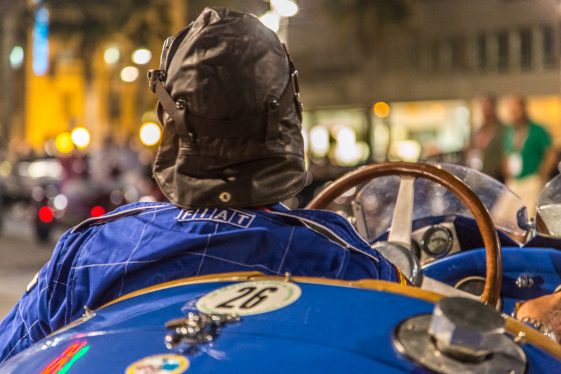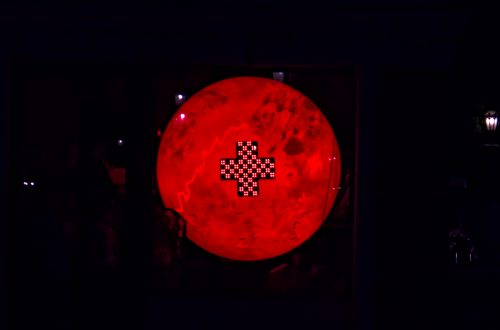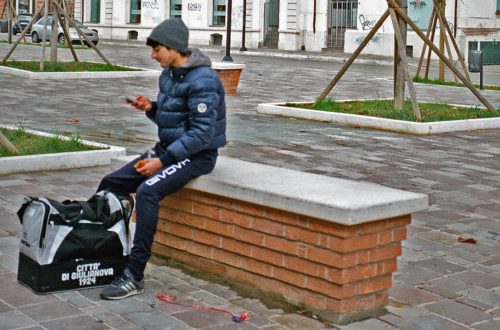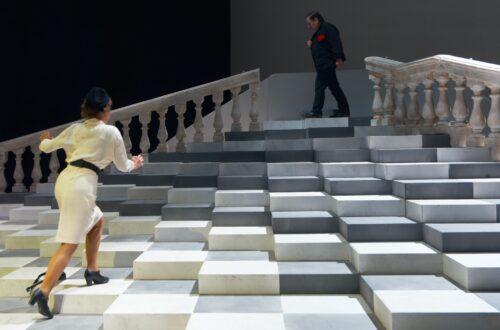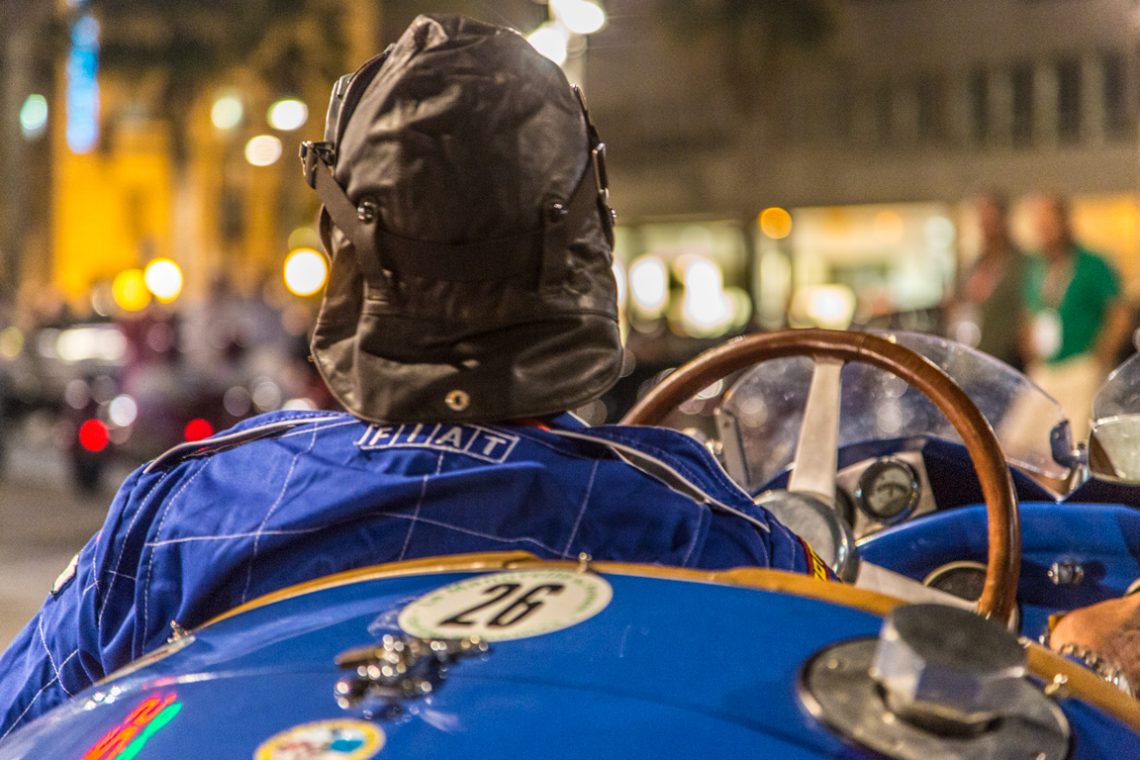
The Driver
Shot on a Leica M9 during a vintage car rally, this image invites a quiet question: what exactly are we looking at here — the driver or the car?
The frame is tightly composed, the perspective intimate. We sit directly behind the driver, almost in the passenger seat, with the blue cockpit wrapping around us like a suit of armour. The leather cap, the quilted racing jacket, the badge that reads FIAT — all signs of a time when racing still smelled of oil and cotton rather than carbon fibre and digital telemetry.
But the face is hidden. There’s no expression, no glance, no story told in eyes or brow. The driver becomes an extension of the machine, or perhaps the other way around. The stitched seams of the suit match the dash lines. The curvature of the helmet echoes the rounded dials. Flesh becomes chrome, muscle becomes mechanism.
This is where vintage racing lives — in that strange space where nostalgia and velocity blur. Every detail speaks of craft: the exposed rivets, the weathered wood of the steering wheel, the analog gauge with its trembling needle. The Leica’s sensor renders the scene with a kind of painterly softness — sharp where it needs to be, but never sterile.
And still, the question hangs in the air: is this a portrait of a driver inside a car, or of a car being worn like a second skin?
Perhaps the image doesn’t choose. Perhaps that’s the point.
In vintage racing, man and machine aren’t partners. They’re co-conspirators — indistinguishable, inseparable, driven not by performance metrics but by the shared memory of movement.


